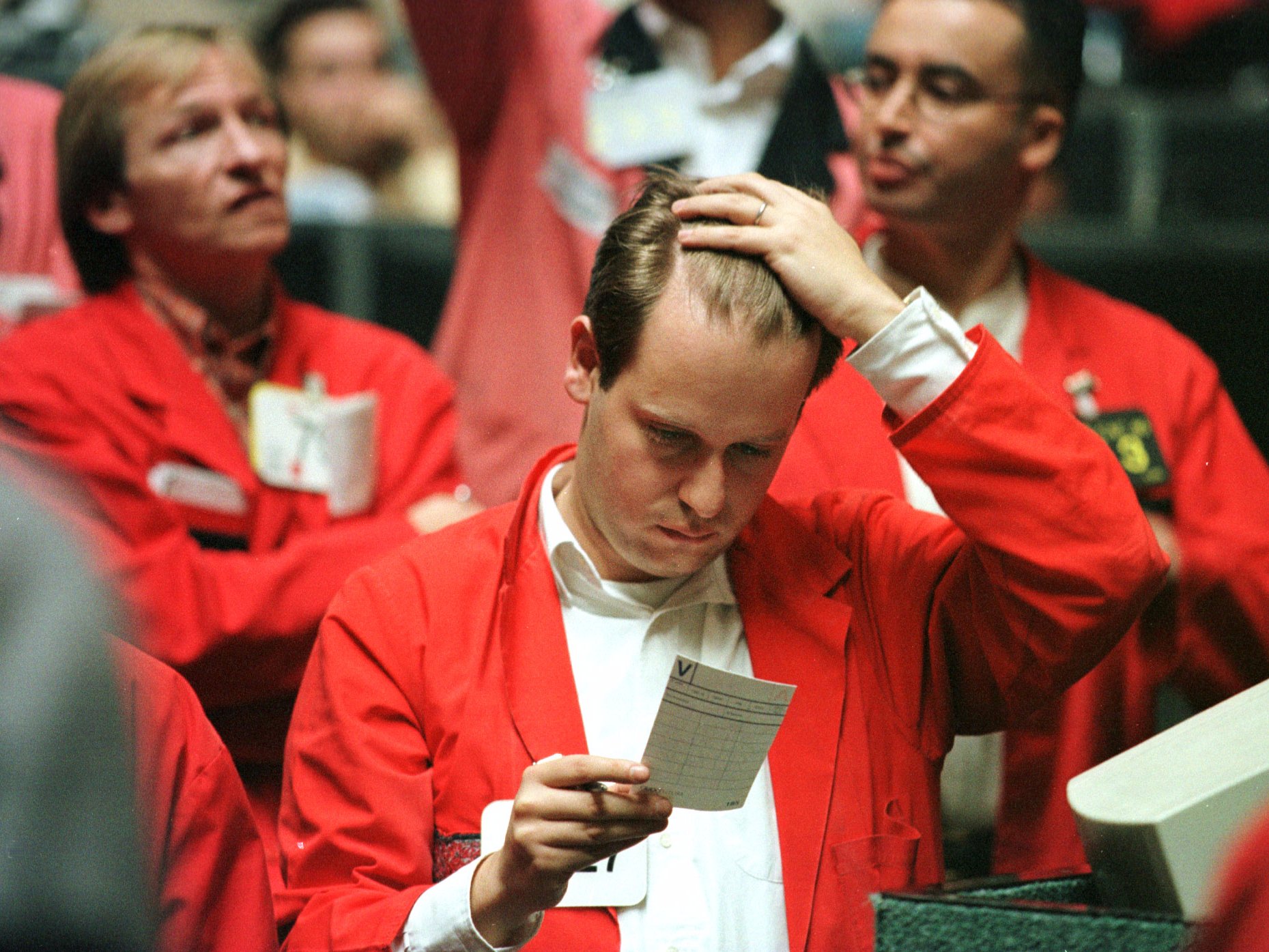 Jean-Christophe Kahn/Reuters
Jean-Christophe Kahn/Reuters
- There’s a slowdown in the emerging-markets carry trade, in which investors borrow in US dollars to invest in emerging markets where interest rates are higher.
- The underperformance of high-yielding emerging-market assets is at odds with the current environment of steady growth and low volatility, said Alessio de Longis, portfolio manager at Oppenheimer Funds.
- The carry-trade slump has been triggered by a rise in the US 10-year treasury yield, which has dimmed the attractiveness of higher yields elsewhere.
Investors have not been shy to take risks in 2017.
US stocks rose for a 7th straight month in October. Some investors who feared that US stocks were too expensive ventured elsewhere, including emerging markets with higher risk but lower valuations.
Others opted for the carry trade in EM currencies; they borrowed in US dollars, where interest rates are low, to profit from countries with higher yields.
But this trade is faltering, as shown by a Bloomberg index of buy-and-hold carry-trade positions that bet on the rise of eight emerging-market currencies. The index gained 13% this year through early September when it peaked at a three-year high, and has slumped 5% since then.
“The currencies of Turkey, South Africa, Brazil, Colombia, Mexico, and Russia have all underperformed lately, which is a bit at odds with where we are in the business cycle,” said Alessio de Longis, a portfolio manager at Oppenheimer Funds, which manages $245 billion in assets.
“For this very-low-volatility world and with well-behaved asset prices, underperformance in the carry trade and this underperformance in EM currencies is a little bit odd,” he told Business Insider on Tuesday.
 Andy Kiersz/Business Insider; data from Bloomberg
Andy Kiersz/Business Insider; data from Bloomberg
Most economies around the world are expanding instead of contracting in a rare period of synchronicity. That’s one reason why investors have this year taken more risk in emerging markets.
“Low volatility, good growth, and outperformance of cyclical assets is a good environment for carry trades,” de Longis said.
But country-specific concerns, from NAFTA re-negotiations to a wider deficit forecast in South Africa, have recently hurt EM currencies.
More importantly, investors have been allured by rising US interest rates. The benchmark 10-year yield was near 2.36% on Wednesday, up from a year-to-date low in September of 2.04%.
If we see “further rises for 10-year Treasurys to, say 2.5%, the market will pretty quickly speculate about whether it goes to 3%, and that would be a temporary setback,” de Longis said.
“Maybe we’re overly influenced by the Fed [chair] decision,” de Longis added. “That is something that should get resolved this week.”












